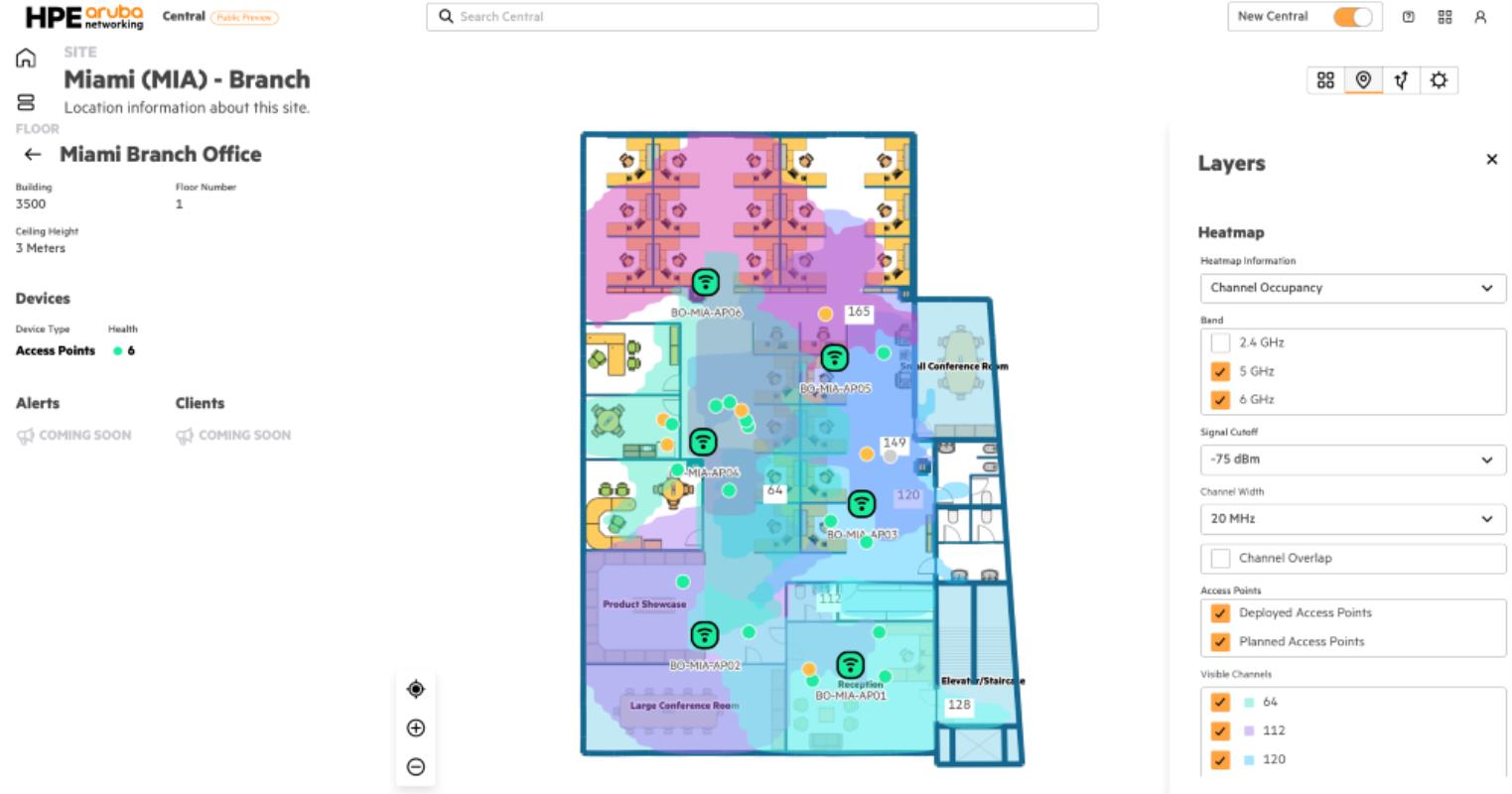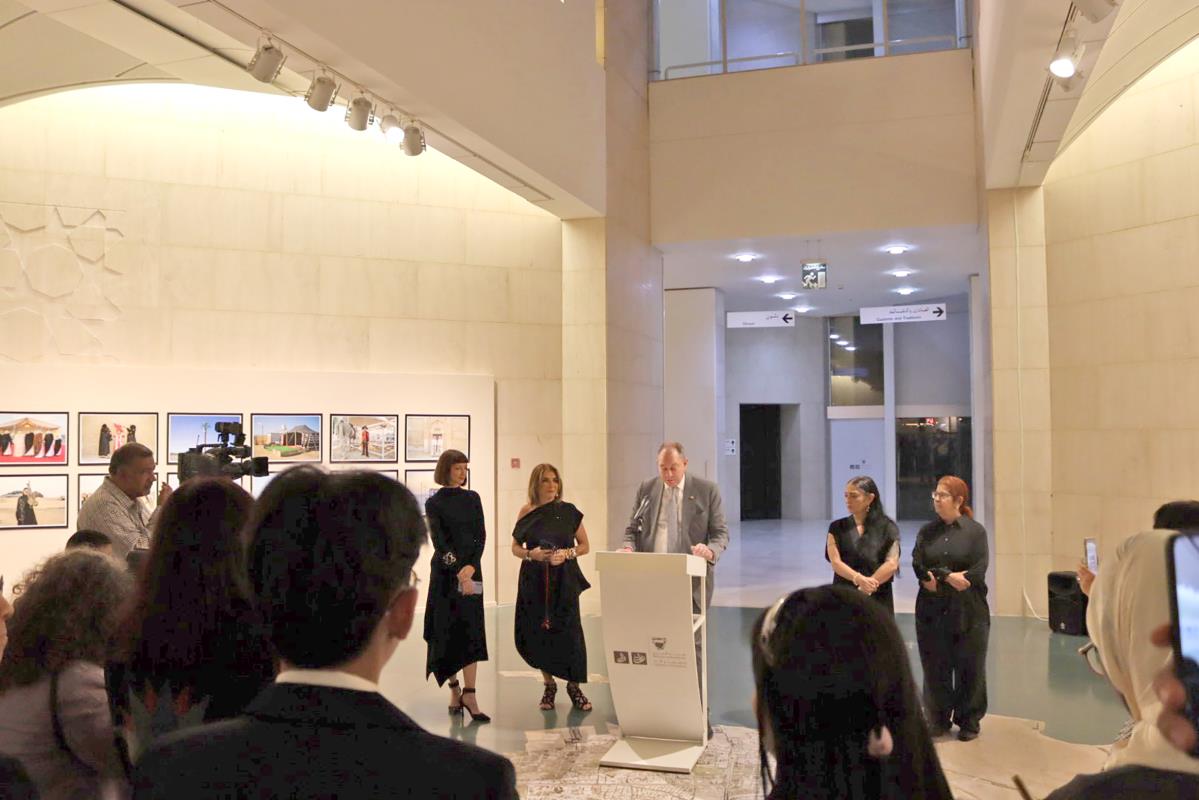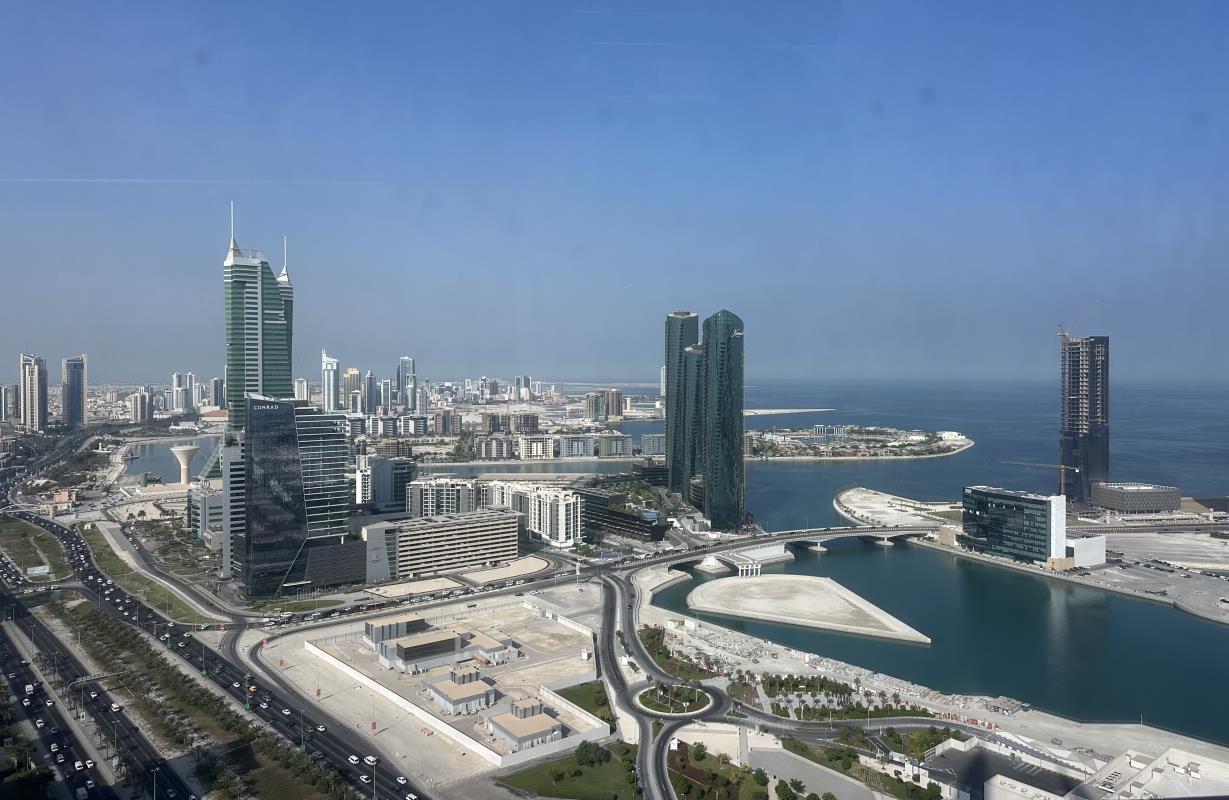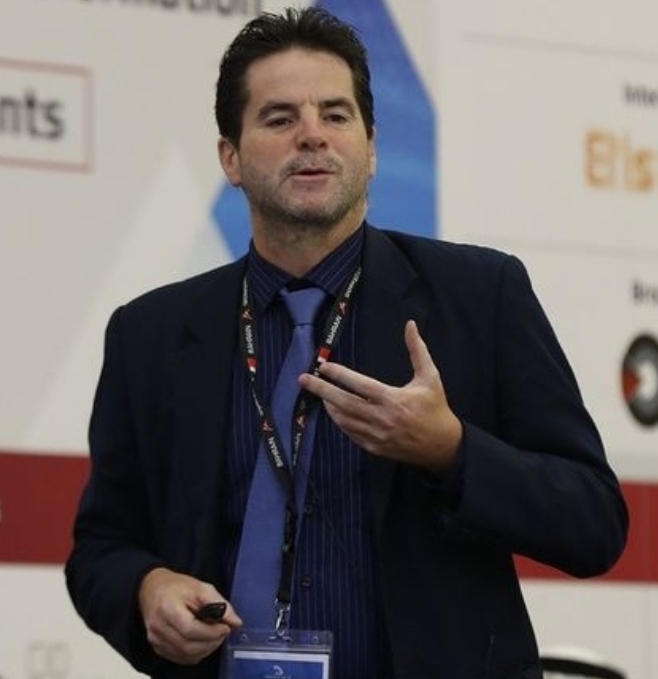The project is part of Nissan’s pursuit of differentiated innovations that empower journeys and to help create a cleaner more sustainable society.
In November 2023, Nissan commenced a 12-month feasibility trial at Tokyo International Air Terminal at Haneda. In collaboration with Japan Airport Terminal Co., Ltd., Radi-Cool Japan, and All Nippon Airways (ANA) airport service, Nissan’s cool paint has been applied to a Nissan NV100 service vehicle operated by All Nippon Airways (ANA) airport services.
With its large, open tarmac, Haneda airport provided the perfect environment to conduct real-world evaluation of the paint’s performance under an exposed high-temperature environment.
Although still in testing phase, the results to date have been impressive. Parked side-by-side under the sun, a vehicle treated in Nissan’s cool paint has shown yields of up to a 12-degree Celsius reduction in exterior surface temperatures and up to 5-degree Celsius cooler interior, compared to a vehicle featuring traditional automotive paint.
The paint’s cooling performance is particularly noticeable when a vehicle is parked in the sun for an extended period. A cooler cabin is not only more pleasant to enter, but also requires less air-conditioning run-time to cool the cabin to a comfortable temperature. This helps reduce load to the engine, or in the case of an electric vehicle, draw on the battery. In both powertrains, an improvement in efficiency is expected, as well as occupant comfort.
The metamaterial embedded within Nissan’s cool paint features two microstructure particles that react to light. One particle reflects near-infrared rays in the sunlight that would typically cause molecular level vibrations within the resin of traditional paint to produce heat.
The second particle enables the real breakthrough. It creates electromagnetic waves, that counteract the sun's rays, redirecting the energy away from the vehicle into the atmosphere. Combined, the particles in Nissan’s cool paint reduce the transfer of heat into surfaces such as the roof, hood, doors and panels.
“My dream is to create cooler cars without consuming energy” explained Miura. “This is especially important in the EV era, where the load from running air-conditioning in summer can have a sizable impact on the state of charge,” he said.



























































































